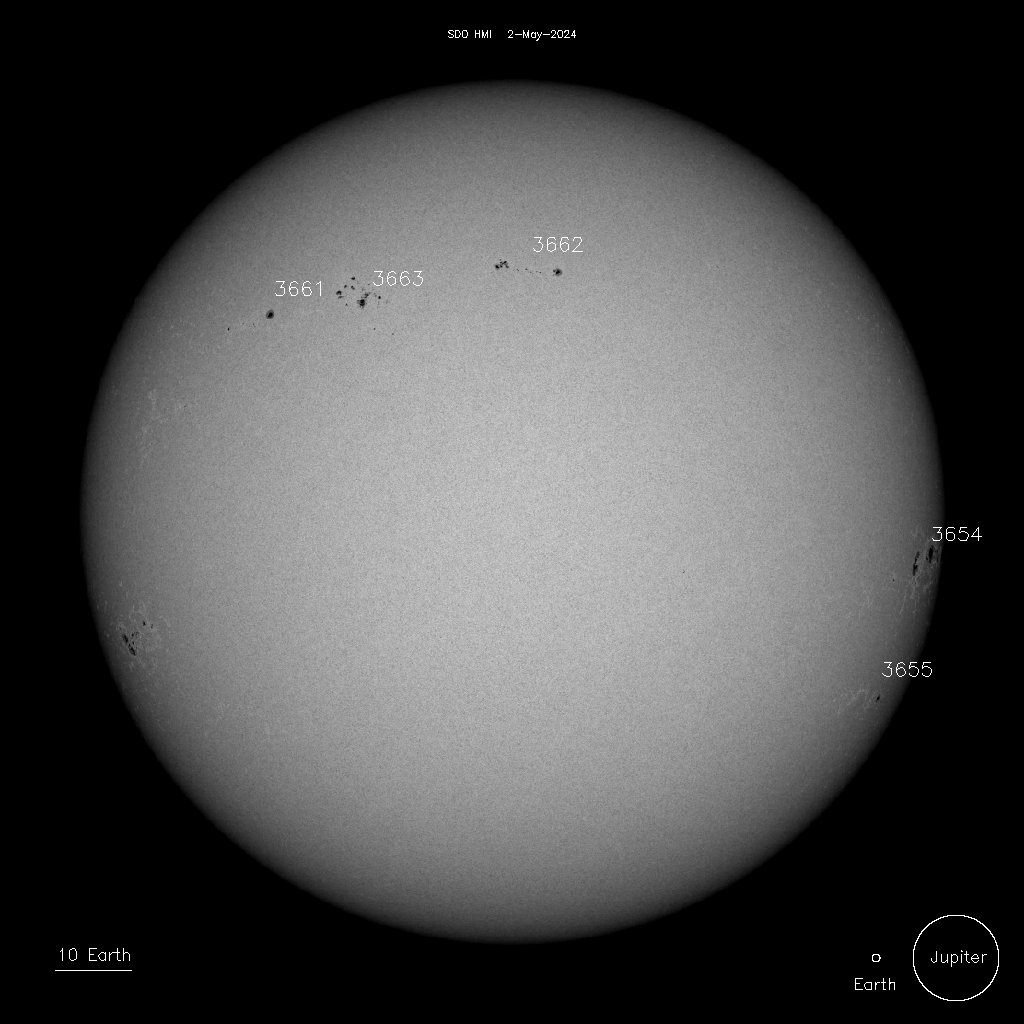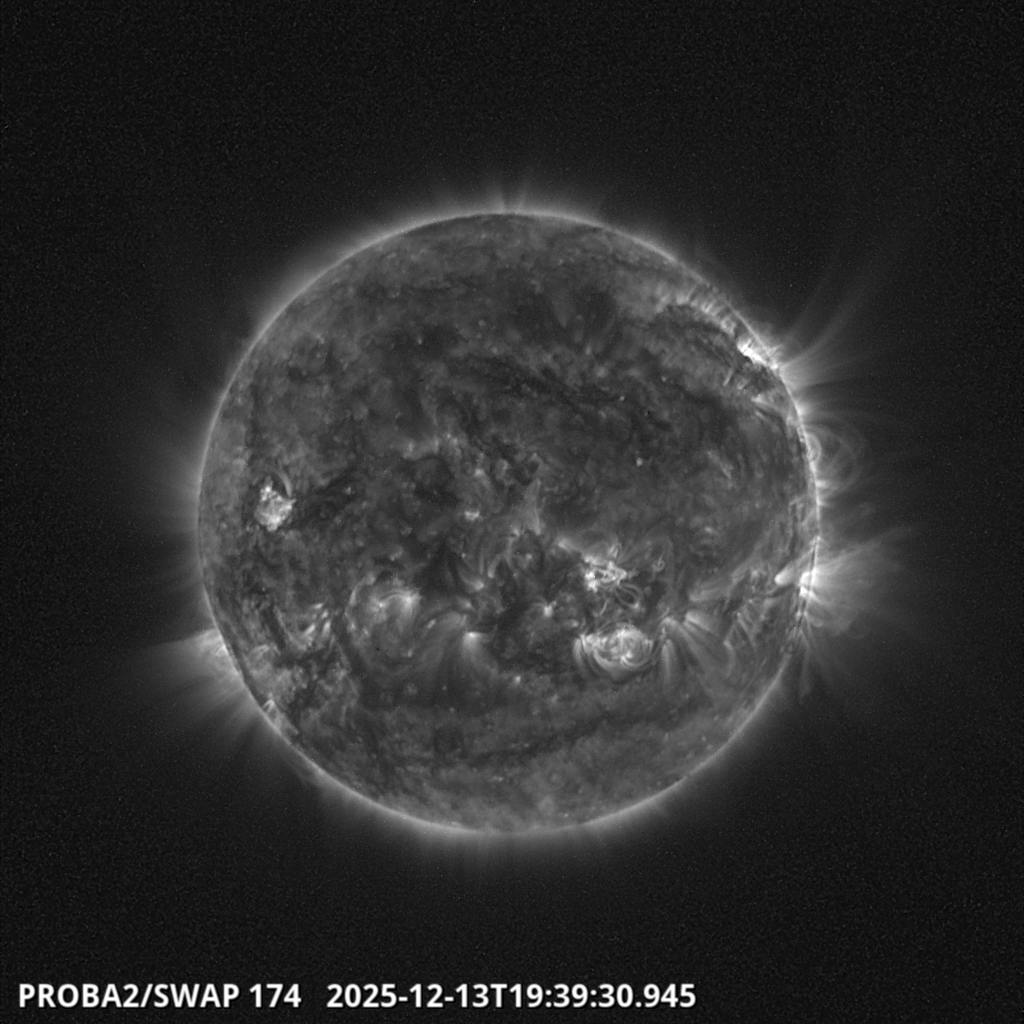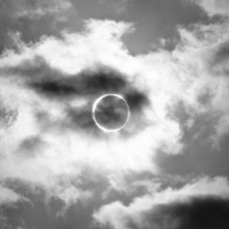An Extreme AM Her Magnetic Cataclysmic Variable: AR Ursae Majoris (SDSS J111544.56+425822.4)
AR Ursae Majoris (SDSS reference location J111544.56+425822.4) first came to the attention of astronomers as a very luminous soft X-ray source during the Einstein Slew Survey (ESS) (Remillard et al. 1994) as the optical counterpart of a highly variable X-ray source 1ES1113+432 (Schmidt et al. 1996). It was optically identified as a nearby (d =~88 pc) cataclysmic variable with a short-period, Porb = 1.932 hr (Schmidt 1999), near the lower edge of the period gap (Gänsicke et al. 2001) and a phase average temperature of 240,000K (Szkody et al. 1999).
The physical representation of AR UMa was produced by Schmidt (1999) [ASP Conf. Series ‘Accretion In High Magnetic Fields: The Stellar Interaction’ 157, pp.208-213] as shown in Figure 1. The figure represents the accrection interactions for magnetic cataclysmic variables (mCVs). mCVs are defined to be those cataclysmic variables (CVs) with a primary magnetic field that is strong enough to direct the flow of accretion onto the magnetic pole (or poles) of the compact white dwarf (Hellier 2001).

Fig.1: An illustration of the accretion streams of the magnetic cataclysmic variable system AR Ursae Majoris (AR UMa). The accretion streams follow the magnetic field lines of the White Dwarf in the system from the main sequence donor (Credit: Schmidt, G.D., 1999, ASP Conf, 157 207).
AR Ursae Majoris (AR UMa) is one of the most intensely magnetic cataclysmic variable systems known and was the first discovered high-field magnetic polar. The white dwarf component in this binary star system has the strongest known surface magnetic field: 23000T/230MGa (Schmidt 1999; Gänsicke et al. 2001). The intense magnetic field of the white dwarf in AR Ursa Majoris has a rather intriguing effect on the binary system, locking both place so that the two are always facing each other (Schmidt 1996). As a result of this intense surface magnetic field the white dwarf in AR UMa spins at the orbital rate of the system; a synchronised rotational effect which is a defining property of AM Her systems (Cropper 1990). Hence, AR UMa is classified as a high-field AM Her polar.
So how is such a high-field polar detected to have such an intense magnetic field? AM Her-type magnetic CVs such as AR UMa are prone to large fluctuations in brightness as they lack accretion discs, and hence it can be typed as a mCV. Furthermore, clues on the nature of the magnetic field strength of AR UMa come from the UV continuum. The UV continuum contains a broad absorption feature near 1300Å, while optical spectropolarimetry during the low state reveals a number of strongly polarized dips. These are interpreted as Zeeman components of hydrogen Lyman-α lines and another atmospheric species, possibly He I, in a photospheric magnetic field of B = 230 MGa.
A magnetic photospheric field of this strength is certainly a record breaker. In comparison, other high-field polars observed, RXJ2022.6-3954 and RXJ0132.7-6554, have magnetic field strengths of B=67 MGa and B=68 MGa respectively (Burwitz et al. 1997) as well as a magnetic field strength for RXJ 1938.6-4612 of B~60 MGa (Schwope et al. 1995). The previous record holder of the most magnetic white dwarf within a CV was UZ Fornacis (EXO033319-2554.2), with a maximum plausible magnetic field strength of B=75.5MGa (Schwope et al. 1990) whilst although since the AM UMa discovery two contenders: ‘V884 Herculis’ with B=150MGa (Schmidt et al. 2001) and ‘RX J1554.2+2721’ B=110MGa (Schwope et al. 2006) now run a close second to AR Ursae Majoris. These comparisons ultimately compounds the remarkable nature of the AR UMa variable system, at over three times the normal magnetic field strength of other high-field polar magnetic cataclysmic variables (mCVs) it truly is something of a cosmic anomaly amongst the variable star observations.
Journal References:
- Schmidt, G.D. et al. (1996) AR Ursae Majoris: The First High-Field Magnetic Cataclysmic Variable. The Astrophysical Journal, 473: pp.483-493.
- Gänsicke, B.T. et al. (2001) The Exposed White Dwarf in the High-Field Polar AR Ursae Majoris. The Astrophysical Journal, 555: pp.380-392.
Suggested Further Reading:
- Hellier, C. et al. (2001) Cataclysmic Variable Stars. Praxis Springer Publishing: Chichester, 8: pp.109-126.















Comments are closed.